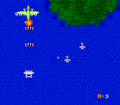Amstrad CPC[edit]
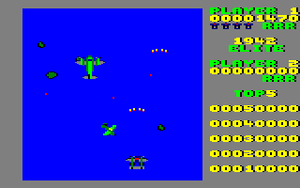
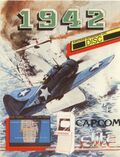
Released by Elite Systems for Europe in 1986.
Commodore 64[edit]
Released by Elite Systems for Europe in 1986.
This port is much more difficult than the original due to the game mechanics shown within the section. While it may be possible to complete all 24 stages, it is purely based on memorizing the attack waves within the game and not through player skill. As the player can touch the bottom of the screen (as opposed to a small gap in the arcade version), enemies can attack from behind without warning. The collision box is also large for the player, which makes it hard to dodge some enemies. While this version only uses static attack patterns, these patterns in question do not give any advantage in completing the game.
For upgrades, the player has access to "triple shot" and two wingman. The wingman remain on the screen at all times, thus preventing the player from dodging all the way to the left or right.
This version only implements 24 stages from the set of 32.
| Stages | Name |
|---|---|
| 24 – 21 | Midway |
| 20 – 17 | Marshall |
| 16 – 14 | Attu |
| 12 – 09 | Rabaul |
| 08 – 04 | Leyte |
| 04 – 01 | The Final Area |
Bonus for percentage of destroyed enemies is 100 points * percentage. It is not known if there is a special bonus for destroying all enemies, but such an award is not feasible.
The movement area is extremely tight for a shooter, allowing for a great chance of being killed by single shots. In addition, it is extremely difficult to destroy some of the larger enemies before they leave the screen with the basic double shots.
Some enemy bullets track the Super Ace, and once fired, can only be avoided by rolling. These bullets are fired by the "boss" bomber on stages 17, 09, and 01, as well as some regular enemies. The boss airplane departs only after 5-15 seconds, and its destruction is not required to complete the level.
Completing the final stage loops you back to the beginning mission, with no increase in difficulty.
-
screen
-
Elite box
-
Encore box
Game Boy Color[edit]
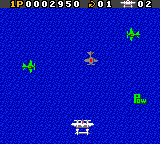

Converted by Digital Eclipse Software and published by Capcom in 2000.
MSX[edit]
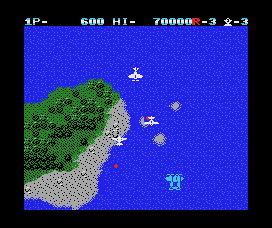

Released on the MSX1 by ASCII for Japan in 1987. Later rereleased with improved graphics on the MSX2
NES[edit]
Released by Capcom in 1985.
-
screen
-
Famicom box
-
NES box
Sega Saturn[edit]
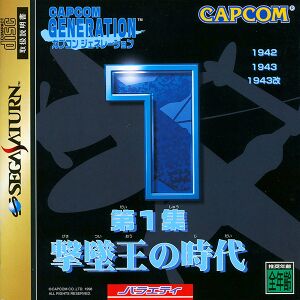
Released in Japan in 1998, and later in Europe in 1999 as Capcom Generations: Wings of Destiny, this is a compilation title that contained 1942, 1943, and 1943 Kai.
Sony Playstation[edit]
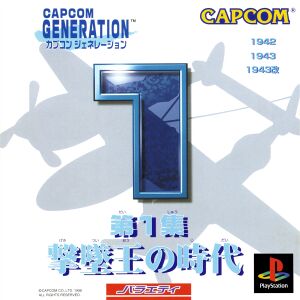
Released in Japan in 1998, and later in Europe in 1999 as Capcom Generations: Wings of Destiny, this is a compilation title that contained 1942, 1943, and 1943 Kai.
Sinclair ZX Spectrum[edit]
Released by Elite Systems for Europe in 1986.
-
screen
-
Elite box
-
Encore box




